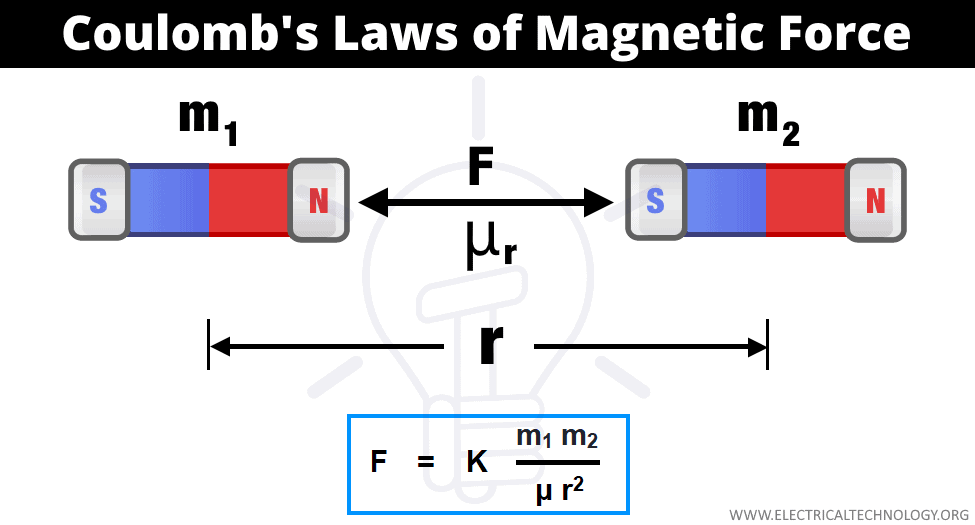

Technically, though, this is only true if this is a point charge. This is a formula for the electric field created by a charge Q1. The field to the point in space where you wannaĭetermine the electric field. We can just figure out the electric field that's created by Q1Īt any point in space, so this r is just theĭistance from the center of the charge creating But since this Q2 always divides out, we don't even need to talk about that. Wherever I wanna figure out what the electric field would be. The r would just be the distance from the first charge, Q1, to I could put it here, IĬan move it over to here. So you imagine your testĬharge at any point you want. Centered between which two charges? Well, this could be to any Those two charges squared, and you might be like, well, And then, what do we still have up here? We've still got a Q1 divided by the center to center distance between K is nine times 10 to the ninth, and it's got kinda weird units, but it makes sure that all the units come out okay when you multiply. Get that the magnitude of the electric field is gonna be equal to k, this electricĬonstant, and I'll write that down over here so we know what it is. Then because we're finding electric field in here, Other charge interacting, divided by the center to center distance between them squared, and That'd be this Q1 over here, multiplied by Q2, the Times 10 to the ninth, multiplied by Q1, the first charge that's interacting, and Coulomb's Law says that the electric force between two charges is gonnaīe k, the electric constant, which is always nine Coulomb's Law gives us theįorce between two charges, and we're just gonna Is simply by inserting what we already know is theįormula for the electric force. The way we'll find aįormula for the magnitude of the electric field This formula we get will just be for the magnitude of the electric field, and I'll tell you why in a second. So I'm gonna erase these vectorĬrowns on these variables. We're about to find here is gonna be for the magnitude Is there a formula for that? There is, and it's not that hard to find, but the first thing I'll caution you about is that the formula Over here at this point in space, without even What's the electric field that this Q1 is creating It'd be useful to have a formula that would let us figure out What's the electric field being created at that point in space, without even referring to Q2. If we took the force on this charge Q2 divided by Q2, that wouldīe the electric field at that point in space,īut something that would be useful to have is a formula that would let us figure out Let's call this Q2, so we can keep these all straight, and I'll call it Q2 up here.

If we took the force on this charge, and let's give this a name. Its way into this region, let's say this charge right here. Of the electric field is the amount of force per charge. Okay, so we know that electric charges create electric fields. Type 3: Blue Down quark and a Red and Green Up quarksĮven with these 3 type of proton the strong nuclear force causes the quarks to change color charge so a single proton is continually changing between the 3 types so you can't say that a specific quark is a specific type so while there are 3 types of protons they are effectively the same. Type 2: Green Down quark and a Red and Blue Up quarks Type 1: Red Down quark and a Green and Blue Up quarks

With 1 down quark and 2 up quarks the possible combinations are: The proton has no net color charge so it has to have a quark of each of the colors. These color charges have nothing to do with colors we see in the world around us. Color charge has 3 values: Red, Green, Blue. Quarks have a different type of charge related to the strong nuclear force/interaction that is called color charge. They are made of quarks, a proton is 2 up quarks and 1 down quark where as the neutron is 1 up and 2 down quarks. Protons and neutrons are composite particles, they are not fundamental particles. There is a subtle aspect of protons and neutrons that you could argue that there are 3 types of protons and 3 types of neutrons. The intrinsic attributes of the proton like spin, charge and a few others are the same but the attributes like position and momentum are not the same. It depends on what you mean by identical.


 0 kommentar(er)
0 kommentar(er)
